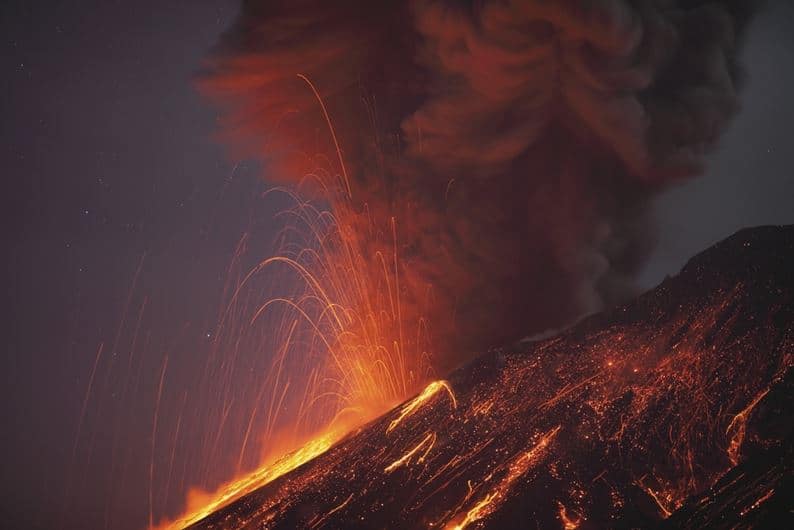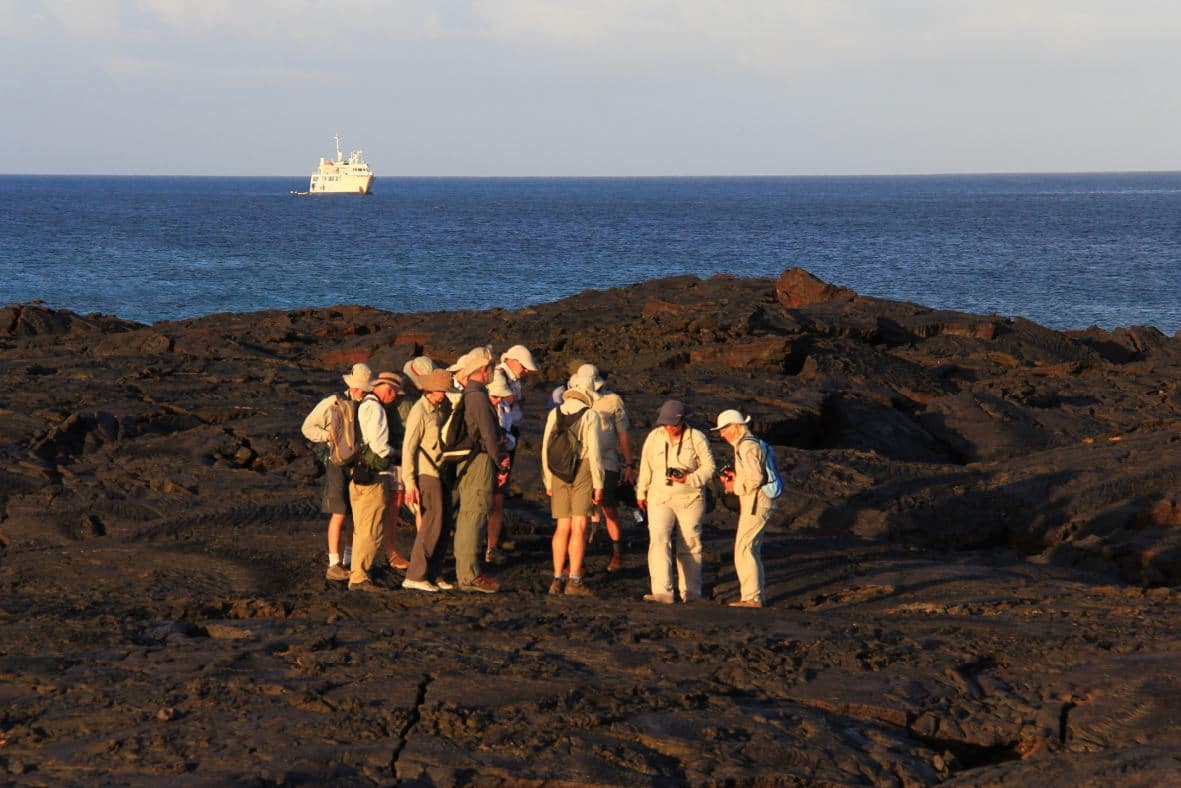The naturally diverse and dazzling islands of the Galápagos Islands are a place of wonder where visitors can witness untouched landscapes and the curious creatures that roam them. Situated far off the coast of Ecuador, it’s perfectly reasonable to ponder how on earth these small isles came to be.
If you head out on our Galápagos Odyssey expedition you’ll get to experience the magic of the islands for yourself, but first here is a brief insight into their origin story.
Hot spot
These small islands scattered in the Pacific some 1,000 kilometres off the coast of Ecuador is a hub of biodiversity. However, the lush greenery and pristine beaches are only one element of a land that was born from fire.
The islands sit on the edge of the constantly moving Nazca tectonic plate, which is shifting at a rate of 79 millimetres a year according to the Geological Society. It is due to this movement that the Galápagos’ volcanic landscape has been subject to over 50 eruptions in the last 200 years alone.
In addition, the Galápagos Islands sit on a volcanic ‘hotspot’, an area of extreme heat in the mantle of the Earth. As explained by the University of Cornell, the heat emanating from the hotspot creates a rising thermal plume (column of heated rock) that melts as it approaches the Earth’s surface, producing magma.
If the magma breaks through the surface, you get a volcanic eruption. As the hotspot is stationary, the movement of the plates means that it is now situated beneath the Isabela and Fernandina and islands.

The Galapagos Islands have a long history of volcanic activity.
The Old and the New
Millions of years’ worth of volcanic activity in the Galápagos have created the islands’ conical structures, similarly found in Hawaii. Because of the shifting plates and subsequent volcanic activity, older island landmasses have been lost under the ocean over time, while new ones are lifted up.
When magma escapes through a fault or fissure and hardens, it lifts up the islands – the most recent occurrence of which resulted in the formation of Fernandina island 500,000 years ago according to the University of Maryland.

Excursion on lava fields on Isla Santiago, Galápagos
You’ll find out more about the Galápagos, Ecuador and the Amazon on one of our expeditions, guided by our knowledgeable team featuring naturalists and scientists.
To find out more, you can take a look at our brochures online, or get in touch with AE Expeditions to start planning your next adventure.




